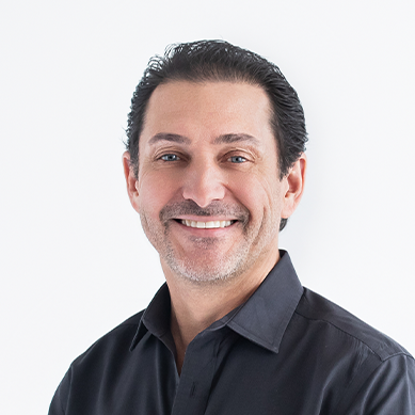First Visit
Welcome to our office. We look forward to meeting you and talking with you about your orthodontic concerns. We have set aside special time for you to evaluate your orthodontic needs, expectations and to answer your questions concerning orthodontic care.
There is no charge for this initial appointment. Please allow approximately one hour for your initial visit to our office. In addition to a thorough clinical evaluation, Dr. Foster will utilize digital imaging to aid in our discussion of your orthodontic concerns, treatment recommendations and the best time to get started. Time permitting, records technicians are available to gather additional diagnostic records so we may proceed in meeting your treatment goals.
Your questions regarding the financial aspects of your care will also be discussed. The fees for orthodontic care will vary based upon one’s individual needs. We offer a variety of payment options and will be glad to assist in submission of insurance claims.
Give us a call today at 318-750-2762. For your convenience you can print your forms at home, fill them out and bring them to your first visits.
-
State-of-the-Art Equipment
-
Focused On Patient Care
-
Innovative Methods
-
Payment Plans Provided

A member of our team will be in touch shortly to confirm your contact details or address questions you may have.
Oral Hygiene
Interdental Toothbrush
A Proxabrush is an interdental (between the teeth) toothbrush that you may use to clean underneath and around your wires and braces. Use the Proxabrush gently to avoid damaging your wires. The Proxabrush will help you to clean your braces while maintaining healthy teeth and gums.
Antibacterial Mouthwash
Peroxyl, a hydrogen peroxide antiseptic mouth rinse, will reduce inflammation to your gums and cheeks. Peroxyl helps to prevent infection and decrease irritation that may develop from your braces. Rinse your mouth with two teaspoons of Peroxyl (half a capful) for one minute and then spit it out. You may use Peroxyl up to four times daily following your schedule for brushing: after meals (or after school) and before bed. Just like using peroxide for a scrape on your skin, Peroxyl helps the inside of your mouth heal. Peroxyl can be used for general irritation caused by your braces or for canker sores, cheek bites and other minor temporary injuries to the gums.
Topical Fluoride
Phos-Flur is a sodium fluoride gel that helps prevent tooth decay while you are wearing braces by killing bacteria and replacing minerals in tooth enamel that have been exposed to harmful acids. The use of Phos-Flur does not replace daily brushing and flossing but should be done following your daily schedule at bedtime. Place a small strip of Phos-Flur on a toothbrush and apply it to your teeth for one minute and spit it out. You may not eat or drink for 30 minutes after you use Phos-Flur. It is important for the active ingredient to stay on your teeth for 30 minutes, so do not wash it away by eating or drinking.
Cleaning Your Removable Appliance
Brush your removable appliance every day as a part of your regular brushing and flossing schedule. Because food particles and plaque can accumulate on your appliance just as they do on your teeth, soak the appliance daily. Dissolve a Polident, Efferdent or other denture-cleaning tablet in a glass of tap water at room temperature and soak your appliance once every day. Your appliance will taste better, and you will prevent plaque and bacterial accumulation.

Meet Our Doctors
We Keep Patient Care at Our Core
Our FAQ
Have questions? We are here to help. Still have questions or can't find the answer you need? Give us a call at 318-750-2762 today!
-
Why should I choose an orthodontic specialist?Teeth, and sometimes entire facial structures, are permanently changed by orthodontic treatment. It is very important that the treatment be appropriate and properly completed. Orthodontic specialists, like Dr. Foster, have extensive and specialized training that enables them to provide all types of orthodontic patients with professional and state of the art treatments.
-
Can I wear braces even though I have crowns and missing teeth?Yes. A tooth with a crown will move just like a tooth with a simple filling. When teeth are missing, orthodontic treatment will aid in the alignment of the remaining teeth so that the space where the teeth are missing can be properly restored.
-
Is it too late to have braces if I am already an adult?A surprising percentage of our patients are adults. Health, happiness and self-esteem are vitally important to adults. No patient is “too old” to wear braces!


